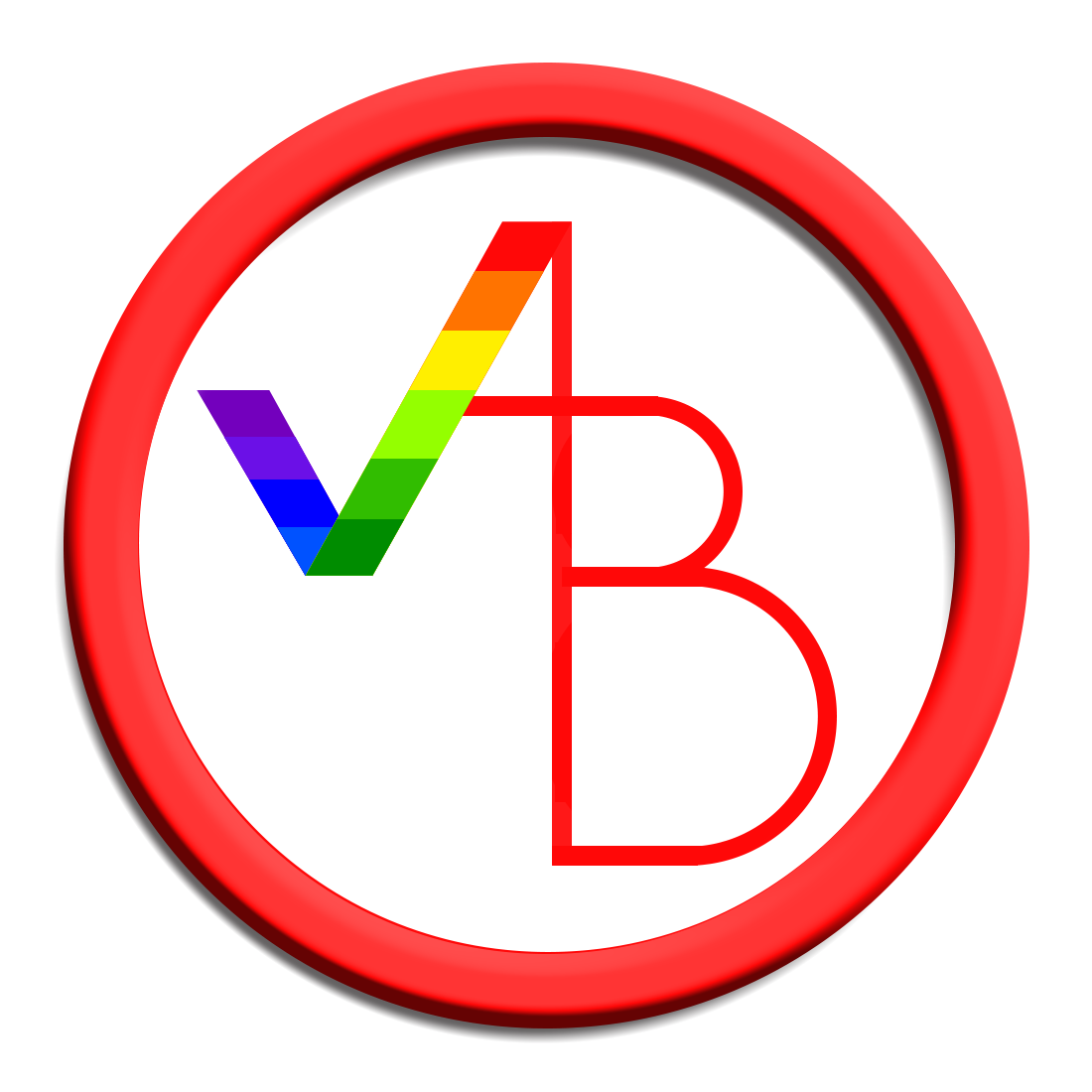The next speaker in this session at the IAMCR 2025 conference in Singapore is Yuan Zhong, whose interest is in polarisation in hybrid media systems. She notes the specificity of polarisation patterns to specific media and political systems; observations from the US do not translate easily to other countries, for example. How might polarisation unfold in as tightly controlled a media system as China’s, for instance?
Discursive power in China is distributed across state-owned mainstream media, other commercial media, individual influencers on social media, and ordinary users on social media platforms. Such platforms include Weibo, WeChat, and leading Q&A platform Zhihu.
An influential video called “The Youth”, released on Bilibili in 2020 and distributed via social media platforms, generated substantial debate for its discussion of youth life in China, for instance; this study examined comments about that video from the various types of actors, classified their stances towards the video, and assessed levels of polarisation between them.
Weibo users were positioned strongly in favour, WeChat users somewhat more balanced, and Zhihu users largely against the video’s message; mainstream and other media were strongly for the video, while influencers and general users were more polarised, with significant differences again between the three platforms. There are also different influence pathways between influential and general users on these different platforms.
This indicates that Zhihu is more polarised than Weibo and WeChat on this topic; mainstream media act as depolarisers on Weibo but polarise on Zhihu; influencers generally depolarise; while general users generally polarise the debate. Overall, polarisation can and does emerge in non-competitive political systems like China’s; how this unfolds is different across platforms, however, and mainstream efforts to depolarise can backfire in some discursive spaces.












